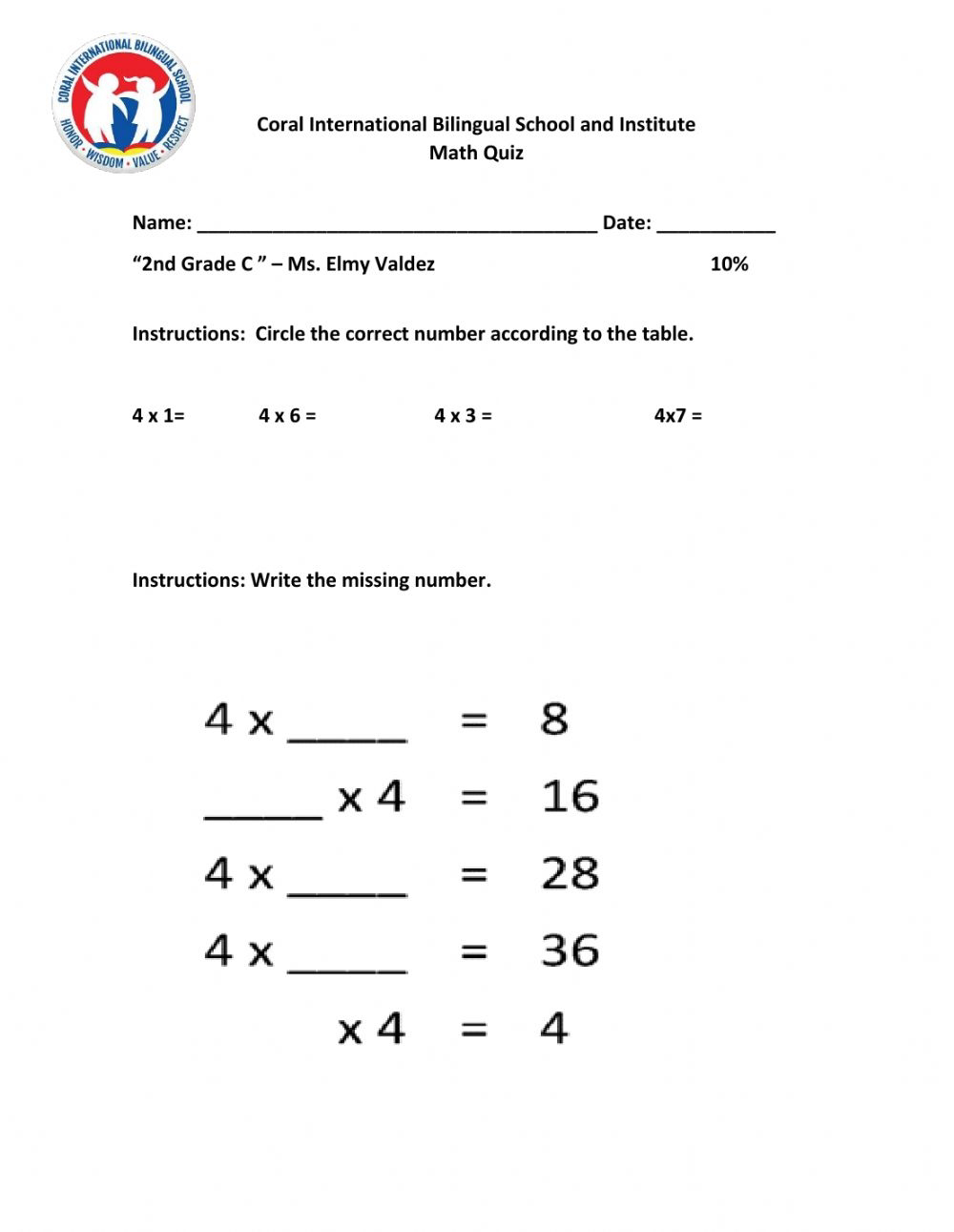Classification of assessment
There are three types of assessment: diagnostic, formative and summative. Although are three are generally referred to simply as assessment, there are distinct differences between the three.
Prognostic Assessment
A prognostic assessment expands the findings of an assessment with analysis of abilities and potentials with a further dimension: the future development of the concerned person, as well as the necessary conditions, timeframe and limits.
Finding the right person for an executive position needs a reliable comprehension of the personality as well as the possibilities and limits concerning the personal development. Even an experienced and keen observer of human nature may get deluded, even recognized and proven test procedures may be incomplete or leading to wrong results – and misjudgments can become expensive in substantial and immaterial ways.
Six Goals of the Prognostic Personality and Abilities Assessment
Analysis of existing abilities and interests, including the not (yet) known ones and the development to be expected.
If needed, a comparison with job description and profile of requirements.
Basic conditions and needs for the development: how it can be enhanced and ensured.
Period: how long the development will take until the defined goals can be reached.
Limits of developmental possibilities, either referring to the defined goals (selection assessment), or generally, with a realistic time frame of 3 to 5 years.
Quality assurance and sustainability: how the results can be monitored and ensured in the long term.
The prognostic assessment is suitable for all management levels including executive board and administrative council, but likewise for young people with the aim of a comprehensive potential analysis. Typically, the prognostic assessment is accomplished as an individual one- day-assessment. The objectives are defined individually.
Formative Assessment
Formative assessment provides feedback and information during the instructional process, while learning is taking place, and while learning is occurring. Formative assessment measures student progress but it can also assess your own progress as an instructor. A primary focus of formative assessment is to identify areas that may need improvement. These assessments typically are not graded and act as a gauge to students‘ learning progress and to determine teaching effectiveness (implementing appropriate methods and activities).
Types of Formative Assessment:
Observations during in-class activities
Homework exercises as review for exams and class discussions
Reflections journals that are reviewed periodically during the semester
Question and answer sessions, both formal—planned and informal—spontaneous
Conferences between the instructor and student at various points in the semester
In-class activities where students informally present their results
Student feedback collected by periodically
Diagnostic Assessment:
Diagnostic assessment can help you identify your students‘ current knowledge of a subject, their skill sets and capabilities, and to clarify misconceptions before teaching takes place. Knowing students‘ strengths and weaknesses can help you better plan what to teach and how to teach it.
Types of Diagnostic Assessments:
Pre-tests (on content and abilities)
Self-assessments (identifying skills and competencies)
Discussion board responses (on content-specific prompts)
Interviews (brief, private, 10-minute interview of each student)
Summative Assessment
Summative assessment takes place after the learning has been completed and provides information and feedback that sums up the teaching and learning process. Typically, no more
formal learning is taking place at this stage, other than incidental learning which might take place through the completion of projects and assignments.
Types of Summative Assessment
Examinations (major, high-stakes exams)
Final examination (a truly summative assessment)
Term papers (drafts submitted throughout the semester would be a formative assessment)
Projects (project phases submitted at various completion points could be formatively assessed)
Portfolios (could also be assessed during its development as a formative assessment)
Performances
Student evaluation of the course (teaching effectiveness)
Instructor self-evaluation
Teacher-Made vs. Standardized Assessments
In the broadest sense, assessments may be classified into two categories: teacher-made and standardized. Teacher-made assessments are constructed by an individual teacher or a group of teachers in order to measure the outcome of classroom instruction. Standardized assessments, on the other hand, are commercially prepared and have uniform procedures for administration and scoring. They are meant for gathering information on large groups of students in multiple settings (Karmel and Karmel, 1978). The same has been explained in detail in Chapter III.

Comments
Post a Comment